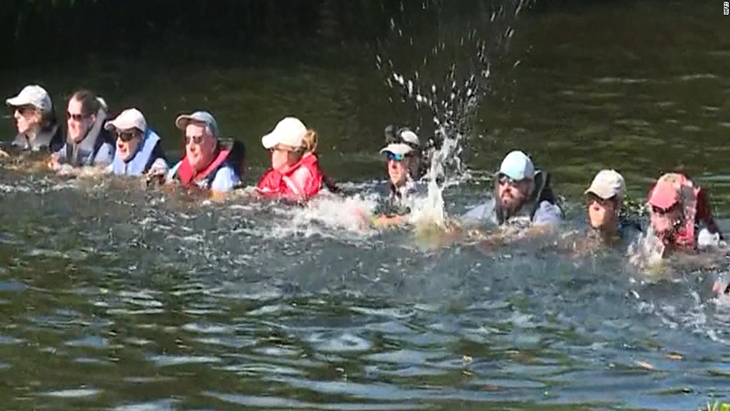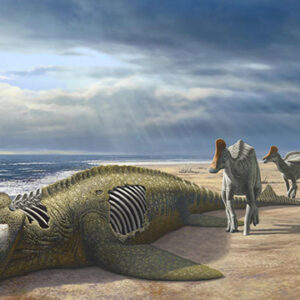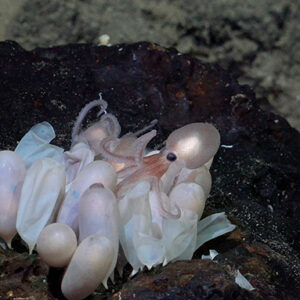
Dolphins are beloved for their playfulness and intelligence. People have been going to parks and shows to get a sight of these adorable animals who don’t hesitate to always put on a show. However, these mammals belong out in the ocean.
Marine biologists and environmentalists have been working hard to protect dolphins from poachers. They are at their best and healthiest when they are in their own natural habitat. For the stray ones that get lost, people should be the first in line to provide help.
A dolphin got lost and swam up a Florida canal just recently. Instead of leaving it in harm’s way, around 30 biologists and volunteers then provided help and formed a human chain in order to block the dolphin from further heading up the waterway when it becomes more dangerous.
They all worked hard in order to help the dolphin escape the canal out into Tampa Bay. Without it, the dolphin would have lost its ability to help itself. Had this not happened, the dolphin would have ended up in the aquarium.
Brittany Baldrica is a senior rescue biologist with Clearwater Marine Aquarium. She received a call from the people in the site that a dolphin was found. They were in a canal in Clearwater, Florida. The caller was concerned about the animal and said that it may have been hurt or lost. That’s because the caller had noticed that it hadn’t moved even after four days. It stayed in a small stretch of the artificial waterway.
The Marine Mammal Protection Act said that feeding or harassing marine mammals such as manatees, dolphins, or whales is considered illegal. In fact, Baldrica had just recently rehabilitated a dolphin that was named Izzy. The animal was fed by humans after a boat strike left her stranded in a canal for a long time. She was there so long that she forgot how to hunt.
She told a local Fox affiliate that after the call, they decided to monitor the dolphin for 18 days. “He was behaviorally ok at that point and then upon talking to other people within the residency, they had said the animal may have been there for at least four days, so we were just concerned he got separated from other animals,” Baldrica said.
After such time, Baldrica knew that an intervention was already required. So, she gathered a group of 28 biologists from the Clearwater Aquarium, the National Oceanic and Atmospheric Administration, and the Florida Fish and Wildlife Commission. They all entered the canal and formed a “wall of sound” to make the dolphin to swim through a narrow culvert and out to the Tampa Bay direction.
“The goal was to not put hands on the animal. The goal was to just be a barrier that was novel to the animal, so we wanted to create a physical barrier as well as an auditory barrier, so we had somebody behind us that was banging on a boat, revving their engine and then we were splashing the water and moving forward towards the animal, so we were giving the animal the option to swim through the bridge on its own,” Baldrica said.
“We’re thankful to the residents in the area who worked with us to help protect the animal from harassment and provided access to their property while we monitored and rescued the animal,” CMA said in a press release.
What are your thoughts? Please comment below and share this news!
True Activist / Report a typo


